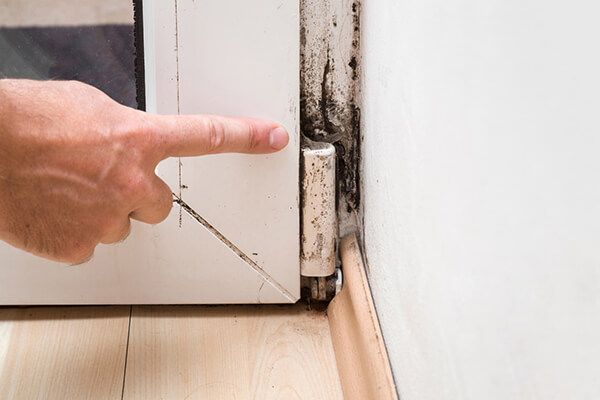Testing Air Quality After Mold Remediation
Testing Air Quality After Mold Remediation
Blog Article
Effective Blog Post Mold And Mildew Remediation Solutions for Your Home
Mold development in homes can be a persistent problem, frequently requiring an organized technique for efficient post-remediation remedies. From comprehending the variables that add to mold development to carrying out correct cleansing methods and wetness control steps, the procedure can be detailed yet critical for preserving a healthy living environment. After mold remediation.
Recognizing Mold And Mildew Growth Variables
The key variable adding to mold development is moisture. Mold spores need wetness to prosper and sprout, making humid or moist atmospheres highly prone to mold problems.

In addition, airflow and light exposure can influence mold development. Locations that lack correct air flow and all-natural light are extra susceptible to mold development. By resolving these variables comprehensively, individuals can successfully alleviate mold and mildew growth and secure their living environments.
Correct Mold And Mildew Cleaning Methods
Making use of effective cleansing methods is vital in preventing the reappearance and attending to of mold and mildew contamination in indoor environments. When managing mold, it is crucial to prioritize safety and security by putting on protective equipment such as masks, goggles, and gloves. The initial action in correct mold cleansing is to consist of the affected area to protect against the spread of spores to uncontaminated locations. This can be attained by sealing the space and utilizing air scrubbers or unfavorable air machines to keep air top quality.

Carrying Out Wetness Control Measures
To efficiently stop mold development and contamination in interior atmospheres, implementing dampness control measures is paramount. Additionally, guaranteeing correct ventilation in areas prone to moisture accumulation, such as washrooms and kitchen areas, can help reduce the risk useful content of mold growth. By diligently carrying out these moisture control steps, house owners can effectively lower the probability of mold recontamination and keep a healthy and balanced interior setting.
Making Use Of All-natural Remediation Solutions
After successfully implementing moisture control measures to stop mold growth in interior settings, property owners can currently check out the performance of all-natural removal solutions in keeping a healthy living area. All-natural remediation options utilize ecologically friendly techniques to combat mold and mildew, making them a popular selection for those seeking non-toxic alternatives. By incorporating these natural removal solutions into their cleansing routines, home owners can properly fight mold and mildew growth while promoting a much healthier interior environment for themselves and their family members.

Maintaining a Mold-Free Environment
Frequently evaluating locations prone to mold growth, such as washrooms, attics, kitchen remove mold spots from bathroom ceiling areas, and basements, is critical. Proper air flow in areas with high moisture levels is likewise essential to stopping mold and mildew development.
In addition, keeping sanitation in the home is crucial for mold avoidance. On a regular basis cleaning and dusting surface areas, carpets, and upholstery can assist remove mold spores prior to they have a chance to multiply and work out. Using mold-resistant products for building materials and home furnishings can even more assist in creating a mold-free atmosphere. Keeping indoor plants in check and making sure my site proper drain in exterior landscape design can minimize wetness accumulation, minimizing the possibility of mold infestations. By complying with these proactive upkeep methods, house owners can successfully promote a mold-free space.
Final Thought
In final thought, it is vital to deal with mold and mildew development variables, make use of correct cleansing strategies, execute dampness control actions, make use of natural removal services, and maintain a mold-free atmosphere in order to effectively take care of message mold and mildew remediation in your house - what to do after mold remediation. By adhering to these strategies, you can prevent mold and mildew from reoccuring and make certain a healthy and balanced living atmosphere for you and your family
The primary factor contributing to mold growth is wetness. Mold spores need wetness to germinate and prosper, making wet or humid environments very susceptible to mold infestations.To properly stop mold growth and contamination in indoor atmospheres, carrying out dampness control actions is critical. Additionally, making sure correct air flow in areas susceptible to moisture buildup, such as shower rooms and kitchen areas, can help lower the threat of mold and mildew growth.After successfully executing wetness control actions to protect against mold and mildew growth in indoor atmospheres, homeowners can currently check out the performance of natural remediation solutions in preserving a healthy living area.
Report this page